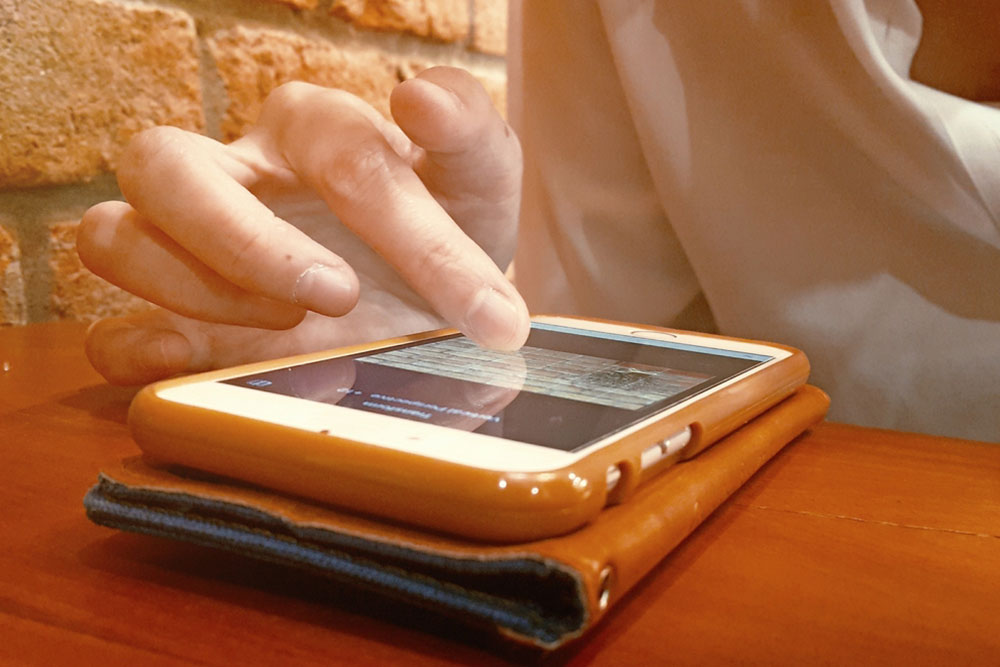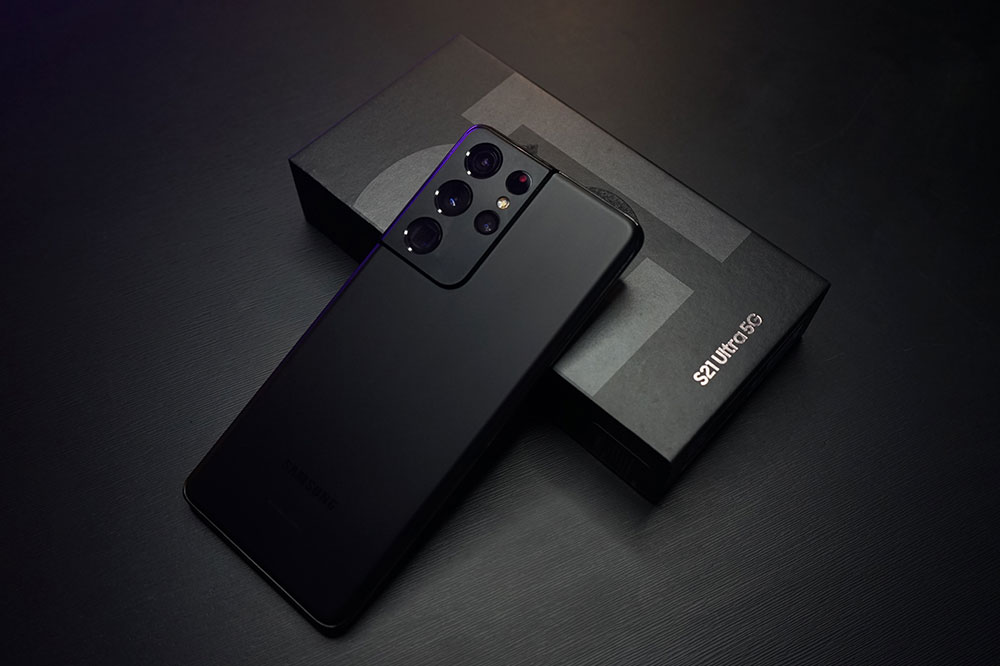The Comprehensive History and Evolution of Microsoft Lumia Smartphones
Explore the detailed history and evolution of Microsoft Lumia smartphones, from their Nokia origins to Microsoft's branding efforts. Learn about technological advancements, market challenges, and the legacy of this innovative mobile series in this comprehensive article. Discover how Lumia impacted the smartphone industry and why it remains a significant chapter in mobile technology history.

The journey of Microsoft Lumia smartphones is a fascinating story that reflects the rapid evolution of mobile technology and market dynamics over the past decade. Originally rooted in Nokia's longstanding legacy of mobile phone manufacturing, the Lumia series marked a significant shift in both branding and technology when Microsoft entered the mobile device scene. This article explores the origins, technological advancements, market challenges, and the ultimate evolution of the Lumia line, providing a detailed overview of how these smartphones have influenced and been influenced by the rapidly changing tech landscape.
Origins: Nokia’s Dominance and the Birth of Lumia
Nokia, a Finnish telecommunications giant, was the undisputed leader in global mobile sales before 2012. For over a decade, Nokia's mobile phones were renowned for their durability, long battery life, and innovative features. During the peak of its dominance, Nokia held a significant share of the global market, often being the first choice for consumers seeking reliable mobile devices. However, with the advent of smartphones that boasted advanced operating systems and touchscreen interfaces, Nokia faced increasing competition, particularly from Apple’s iPhone and devices powered by Google's Android OS.
The Formation of the Lumia Line: A Strategic Partnership
The turning point came in 2011 when Nokia announced a strategic partnership with Microsoft. This collaboration aimed to develop smartphones powered by Microsoft’s Windows Phone OS, a new entrant competing against established giants like Android and iOS. The partnership resulted in the launch of the Lumia series, marking Nokia’s transition into the Windows ecosystem. The initial models, such as Lumia 710 and Lumia 800, debuted with Windows Phone 7, featuring a sleek design, live tiles interface, and integration with Microsoft services.
Early Lumia Models and Their Features
The Lumia 710 was designed as a budget-friendly option, offering users a Windows Phone experience at an affordable price. Meanwhile, the Lumia 800 showcased Nokia’s signature design language, with a curved glass display and Carl Zeiss optics in the camera. These early models laid the groundwork for Windows Phone’s unique interface and set the stage for future innovations. The Lumia 900, released in 2012, was a flagship model, supporting LTE connectivity and high-resolution screens, which helped position Lumia as a serious contender in the smartphone market.
Transition to Windows 8 and the Rise of Lumia 820 and 920
In 2012, Microsoft released Windows Phone 8, a significant upgrade that brought improved hardware support, multitasking, and a more robust app ecosystem. Lumia models such as the Lumia 820 and Lumia 920 showcased these advancements. The Lumia 920, in particular, was lauded for its innovative PureView camera technology, wireless charging capabilities, and solid performance. These models received positive reviews and boosted Lumia’s popularity among tech enthusiasts and consumers seeking a Windows-based smartphone experience.
The Success of Lumia 520 and Growth Challenges
The Lumia 520 emerged as a best-seller due to its affordability, solid performance, and competitive features for budget-conscious consumers. Its success demonstrated that Windows Phone could cater to a broad user base, although the ecosystem still lagged behind Android and iOS in app availability and market share. Despite these achievements, Lumia faced increasing challenges as the global smartphone market became more saturated with Android and iOS devices, which offered more extensive app stores and more mature ecosystems.
Microsoft’s Acquisition of Nokia and Rebranding Efforts
In 2013, Microsoft officially acquired Nokia’s devices and services division, aiming to strengthen its presence in mobile hardware. Post-acquisition, the Lumia series was rebranded to reflect Microsoft's branding identity. Microsoft continued to release Lumia models, focusing on integrating Windows 10 Mobile and expanding features. Despite these efforts, Lumia sales did not meet expectations, with incremental improvements unable to stem the tide of market share lost to competing ecosystems.
Market Decline and the End of the Lumia Era
Between 2015 and 2017, Lumia sales declined sharply. Market analysts attributed this downturn to the dominance of Android and iOS devices, which offered richer app ecosystems, more versatile hardware options, and broader carrier support. Microsoft’s decision to slow down Lumia production reflected these industry shifts, signaling the conclusion of the Lumia era. While Microsoft continued to support existing Lumia devices for some time, the company eventually shifted its focus away from developing smartphones to other areas such as cloud computing and enterprise services.
Legacy and Impact
Despite the decline, the Lumia series played a crucial role in demonstrating that Windows could be an innovative platform for smartphones. It showcased features like high-quality cameras, wireless charging, and a distinctive user interface. Moreover, Lumia’s presence in the market pushed competitors to innovate continuously. Today, Lumia devices are considered nostalgic relics of a transitional period in mobile technology, representing a bold attempt by Nokia and Microsoft to challenge the dominance of Android and Apple in the smartphone industry.
Conclusion
The evolution of Microsoft Lumia smartphones reflects the broader trends in the mobile industry, including the shift from traditional feature phones to smartphones, the importance of ecosystem support, and the fierce competition among tech giants. While Lumia did not sustain long-term market dominance, it left a lasting imprint on smartphone technology and Microsoft’s hardware strategy. As technological advancements continue to progress rapidly, the story of Lumia serves as a testament to the importance of innovation, strategic partnerships, and adaptability in the tech world.





